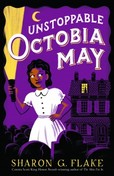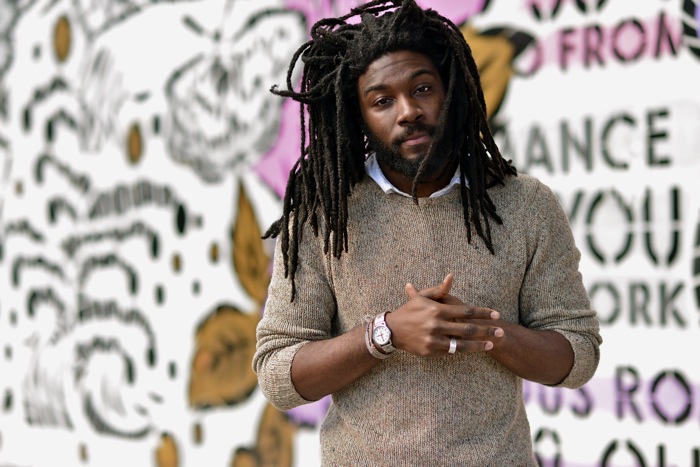
I am starting the blog again after a three month hiatus. After seven great years at LSU, I have moved on to a new faculty position at UNLV in the Department of Teaching and Learning. My wife got a great opportunity at UNLV and I was lucky enough to come along as a trailing spouse. I loved my association with the LSU faculty and students in both the English department and the School of Education. I am already missing their contributions to my life and career. Fortunately, I am finding tremendous new colleagues and students at UNLV.
Now that I am situated in a new house in Las Vegas and beginning a new series of classes at UNLV, let the fun begin.
 The LSU Young Adult Literature Conference and Seminar was a great success (check the previous blog posts for some good summaries). The contributions of the authors was tremendous. It is absolutely clear that Jacqueline Woodson and Kwame Alexander earned the awards they collected. If you haven’t read Brown Girl Dreaming, drop everything and get at it. The only excuse that you might have is if you haven’t read The Crossover, and you decided to start with that verse novel instead. Both of these novels, written in verse form, are exceptional examples of literary quality, engaging narratives, and exemplars of diverse books that provide, not only windows to the world, but mirrors that allow African-American children to see themselves reflected in prized books in the literary world. |

Coe’s work is one of the best examples of how to represent troubled adolescents. Many teachers work with these students and untold amounts of rhetoric have been spoken about how to teach them, how to police them, and how integrate them into society as productive citizens. Booth captures their essence and respects them for who they are and who they can become. One of the joys of last spring semester was a call from a librarian in a local Baton Rouge middle school, who explained how she was using Tyrell to engage reluctant readers. It was refreshing. Just as my graduate students were trying to figure out how they might use a book like Tryell, a local librarian provided a useful model—complete with a discussion of how the students in the program decided how to deal with “problematic” language.

All of these authors added to the conference and to my own understanding of young adult literature. We need diverse books in our college curriculums, in our classroom libraries, and in the scope of our research and critique. I had a wonderful week that focused on African-American young adult literature, but it served, in large measure, to remind me of all of the ways that scholars and teachers of young adult literature need to be inclusive in our offerings and our understanding of diverse books.



 RSS Feed
RSS Feed